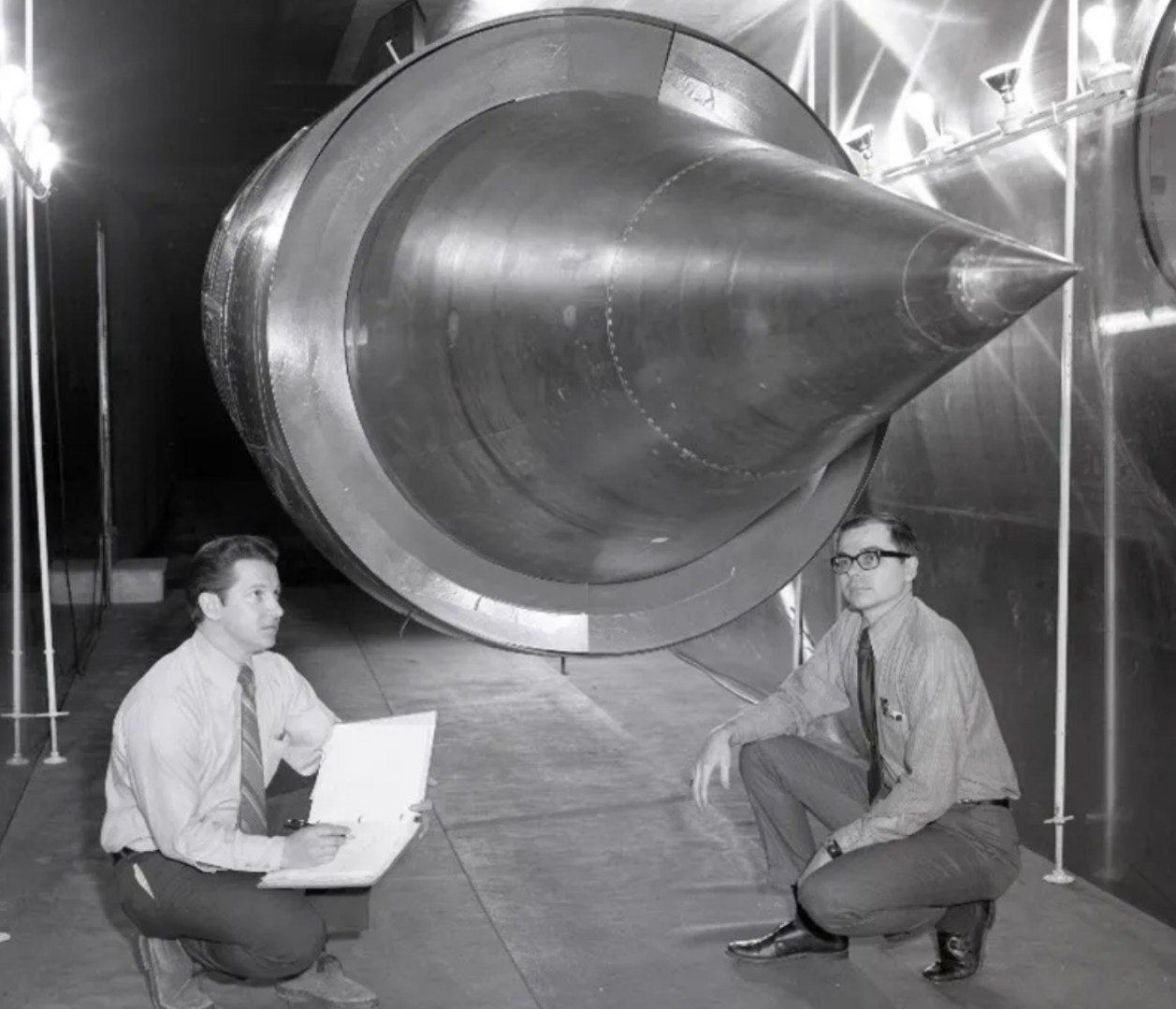How NASA's Blackbirds helped advance supersonic flight
By subscribing,巴西pg电子海外游戏 you agree to our Terms of Use and Policies You may unsubscribe at any time. The Bell X-1 rocket plane made history in October 1947 when it became the first aircraft to fly faster than the speed of sound. This opened the door for supersonic flight, which NASA’s Lewis Research Center in Cleveland (now known as NASA Glenn) helped to develop further. The center, leading the research on aero propulsion since the 1940s, worked on improving the technology for longer and faster supersonic flights. Many military aircraft followed the Bell X-1 in achieving supersonic speeds, but none could match the performance of Lockheed’s Blackbirds. These sleek and stealthy planes, which included the A-12, the YF-12 interceptor, and the SR-71 reconnaissance vehicle, were the first to cruise at supersonic speeds for long durations. They could fly at over three times the speed of sound and altitudes of over 80,000 feet. However, scaling up this technology to larger transport aircraft was challenging, mainly because of the need for more data on how the propulsion systems behaved during supersonic flights. To address the issues that were not detected during the design and testing of the Blackbirds and to advance the key technology of the supersonic mixed-compression inlet, the military loaned two retired YF-12s to NASA’s Dryden Flight Research Center (now called NASA Armstrong) in 1969. This was part of a joint NASA/Air Force project, which aimed to compare the data from the YF-12 flights with the data from the wind tunnels at NASA’s Ames, Langley, and Lewis Research Centers. Lewis’ researchers had been studying supersonic inlets in wind tunnels since the early 1950s and were also testing supersonic nozzles and inlets using an F-106 Delta Dart. In this new project, Lewis was in charge of testing a full-scale YF-12 inlet in its 10×10 Supersonic Wind Tunnel and analyzing a 32,500-pound thrust Pratt & Whitney J58 engine in its Propulsion Systems Laboratory (PSL). The mixed-compression inlets, which enabled the engines to function as turbojets at low speeds and ramjets at high speeds, were very efficient but sensitive to flow disturbances that often caused “unstarts.” Unstarts were sudden changes in the airflow that created a huge drag and could stall the engine or make the aircraft roll or yaw violently. Lewis researchers tested an actual inlet from a crashed SR-71, which they fitted into the 10×10 in November 1971. For the next year, they collected aerodynamic data under various conditions in the wind tunnel. They also tested a new inlet control system invented by Lewis engineers Bobby Sanders and Glenn Mitchell, which used mechanical valves to prevent unstarts. It was the first time this system was tested on full-scale hardware. The researchers also examined the airframe, inlet, engine, and control system interactions during normal and disturbed flight conditions. In the summer of 1973, a full-scale J-58 engine was the first hardware tested in Lewis’ new PSL second altitude chamber. The researchers gathered data under normal and distorted conditions for the next year, using mesh inlet screens to mimic the in-flight airflow distortions. The PSL tests also measured the engine’s emissions as part of a larger effort to assess the high-altitude emissions levels of possible supersonic transports. The YF-12 program also demonstrated that small-scale models could be successfully used to design full-scale supersonic inlets. In contrast, the flight data was used to understand better the effect of subscale models and tunnel interference on data. Perhaps most importantly, the program at Lewis led to a digital control system that improved the response of the supersonic inlet to flow disturbances, nearly eliminating engine restarts. Many of the program’s concepts were integrated into the SR-71’s design in the early 1980s and have contributed to NASA’s continuing efforts to achieve a supersonic transport aircraft over the decades. The YF-12 program ended in 1979 as NASA shifted its focus to other aeronautical priorities. By then, a year of ground testing had been completed in NASA’s wind tunnels, and the YF-12s had flown nearly 300 research flights. The program also contributed to developing high-temperature instrumentation, airframe pressure and flow mapping, thermal loads, and the inlet control system.Flying with the Blackbirds
Solving the Supersonic Problems


Testing the Engine and Emissions
Advancing the Supersonic Technology
Ending the Program
- 最近发表
-
- Singapore to have world's largest ocean
- Vaccine Requirements Unsettle Some Farmers Who Serve on USDA Committees
- Robert Byrd, 1917
- Zebrafish and astronomy could be secret to brain
- What If Crop Insurers Tied Policies to Soil Health?
- Russian Dreams Apart As Sweden Joins NATO
- Maine Passes Nation’s First ‘Right to Food’ Amendment
- Chris Haney, 1950
- Protests in Colombia and South Africa reveal link between inequality and popular uprisings
- New augmented motors can boost next
- 随机阅读
-
- The small hands of Moroccan recycling
- First Evidence of Tobacco Use Dates Back Over 12,000 Years
- Boots to tracks: Northrop Grumman to develop railroad concept for Moon
- UK firm AUAR bags $3.2M to construct robot
- California Farmers Left to Battle Wildfires On Their Own
- HALO plans to launch 6th capsule 20 miles into space from Saudi Arabia
- Scientists Receive $25 Million to Learn to Talk With Plants
- Making the Case for Bugs
- Meet ADAM: An advanced personal robotic partner for elderly support
- Paul The Psychic Octopus, 2008
- Can Italy deal with its fascist past?
- How AI voice technology will finally free humans from their devices
- Forging a greener future: The need for sustainable steel production
- Horrible News: Rue McClanahan Dead At 76
- Scientists find ideal laser power to kill hypersonic missiles — China
- USDA Rolling Out New Insurance Policies for Small Farmers
- Imaginary Current Events
- Researcher devise AI robotic exoskeleton requiring no training
- Watch: Neuralink's 'telepathy' breakthrough in human trials
- Can Italy deal with its fascist past?
- 搜索
-
- 友情链接
-